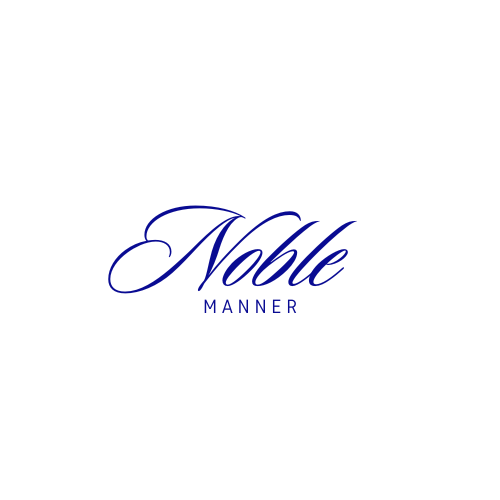Mixing Metals With Confidence
When designing your property, Gone are the days when matching all metallic finishes was a strict rule. Today's sophisticated interiors embrace the artful mixing of gold with silver, copper, and bronze. The secret is maintaining gold as your dominant metallic while using other finishes as complementary accents. A brass coffee table can harmoniously coexist with brushed nickel hardware when unified by thoughtful placement.
Mastering the Art of Mixed Metals: A Designer's Guide to Fearless Finishes
The old-school design rule of matching all your metallic finishes? Consider it officially outdated. Today's most sophisticated interiors embrace the bold interplay of different metals, creating spaces that feel collected, curated, and confidently designed. Let's break down how to mix metals like a pro.
The 60-30-10 Rule of Metals
Think of mixing metals like composing a symphony – you need a dominant tone, supporting elements, and subtle accents. Choose your primary metal (about 60% of your metallic elements) as the foundation. In a kitchen, this might be your cabinet hardware and faucet. Layer in a secondary metal (30%) through light fixtures or accessories, then add a third metal (10%) for unexpected pops of contrast.
Make it stand out
Whatever it is, the way you tell your story online can make all the difference.
Creating Cohesion Through Temperature
The secret to successful metal mixing lies in understanding warm versus cool tones. Brass, gold, and copper bring warmth, while chrome, nickel, and silver add coolness. An easy starting point? Pair warm brass cabinet pulls with cool stainless steel appliances, using black metal accents as your neutral mediator.
Rather than scattering different metals randomly, consider creating intentional zones. Your kitchen island might feature brass pendants while your perimeter lighting stays chrome. This zoning approach helps the mix feel purposeful rather than chaotic.
The Power of Repetition
When mixing metals, repetition is your best friend. If you introduce gold in your light fixture, echo it in your mirror frame or picture frames. This creates a visual thread that ties the space together and makes the mix look intentional rather than accidental.
Bridging Finishes with Mixed-Metal Pieces
Look for pieces that combine multiple metals in their design. A chandelier featuring both brass and chrome, or hardware with dual finishes, can serve as a perfect bridge between your different metallic elements. These pieces validate your metal mix and make it feel cohesive.
Modern Finish Variations
Today's metals come in countless finishes – from polished to brushed, hammered to antiqued. Use these variations to add depth to your metal mix. A polished nickel faucet can live harmoniously with brushed brass hardware when united by similar undertones.
Remember, confidence is key when mixing metals. Trust your eye, maintain balance through repetition, and don't be afraid to break traditional rules. The most memorable spaces often come from taking thoughtful risks with finish combinations.
Looking to start mixing metals in your space? Begin with smaller accessories like picture frames or decorative objects. These low-commitment pieces allow you to experiment with different combinations until you find your perfect metal mix. Trust us – once you master this design technique, you'll never look back at matching metals again.
Would you like me to expand on any specific aspect of mixing metals or provide more concrete examples of successful combinations?



